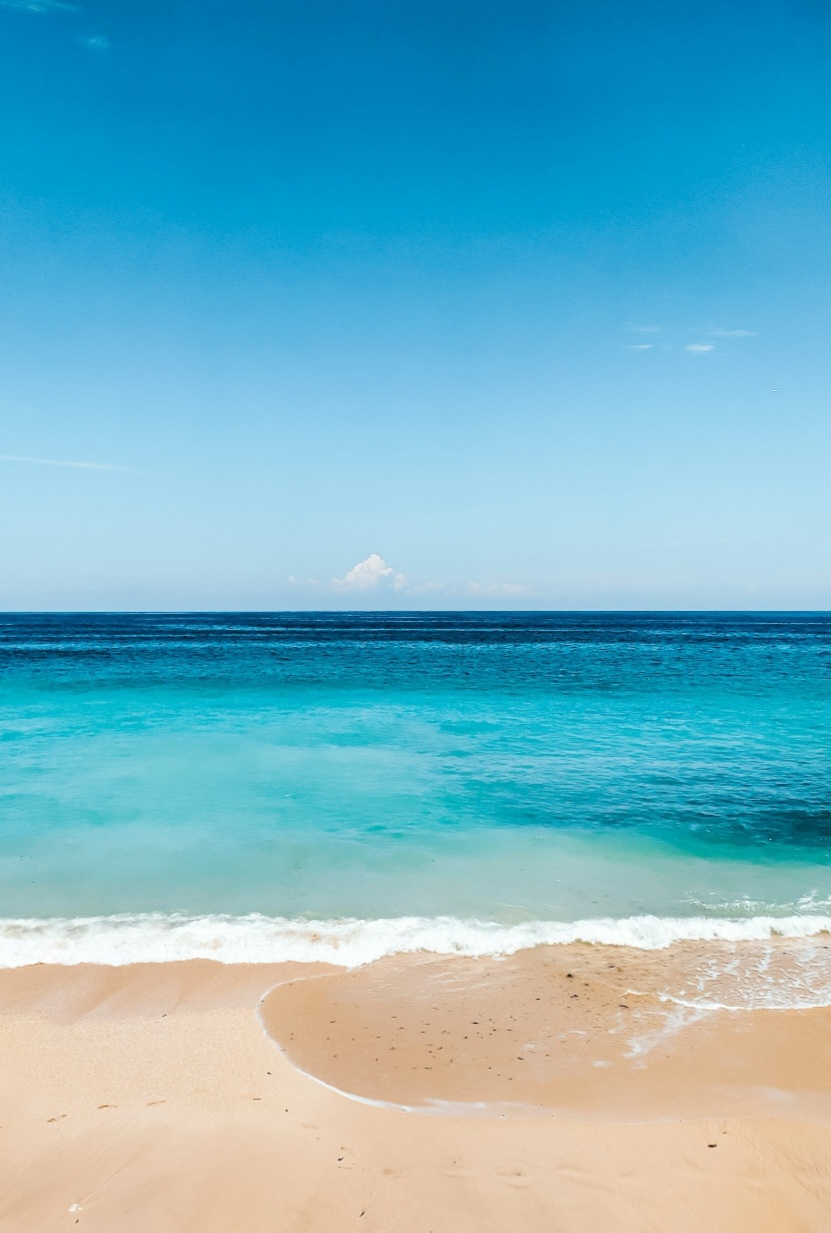Cell Structure
Cards (15)
- What are examples of Eukaryotic cells?
- The _________ contains the cell's genetic material (in the form of DNA), and so controls the cell's activities.
- The________ are where proteins are made. We sometimes call them the site of protein synthesis.
- What is 'cytoplasm'?
- What is the role of the mitochondria?
- Which structures are found in plant cells, but not in animals cells?
- The green pigment that absorbs the light energy is called______ . This is what makes plants green.
- The _____ is a large sac in the middle of the cell that contains a watery solution of sugars and salts (cell sap). It helps maintain the structure and shape of the cell.
- The ___________ is made of cellulose. This makes it strong and allows it to maintain the shape of the cell.
- Bacteria are classed as ___________ organisms.
- What are the ring shaped circles in a bacteria cell?
- True or false? Bacteria have both a cell membrane and a cell wall.
- Are bacterial cells larger or smaller than animal cells?
- Bacteria are ______ (only consist of a single cell).
- What structures are not found in bacteria?
